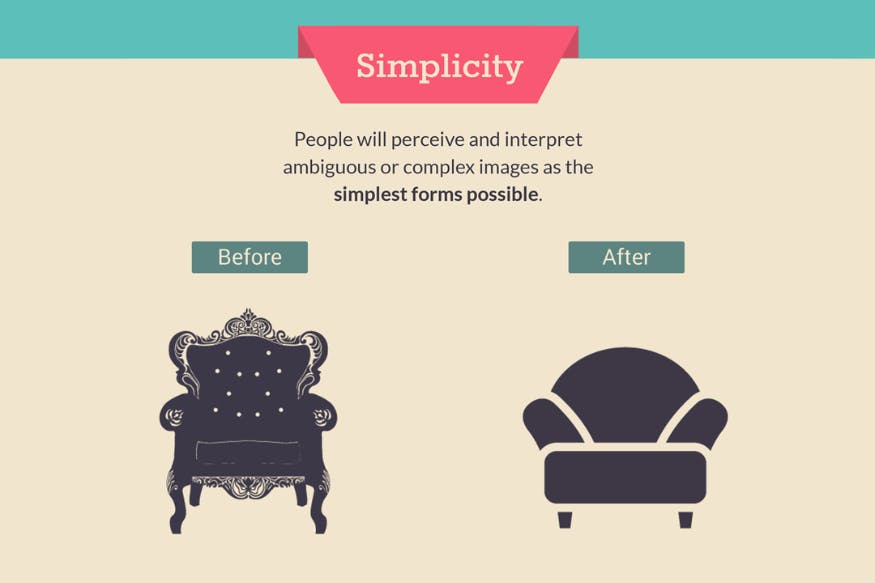5 Key Principles of Effective UI/UX Design
Guiding Principles for Crafting Seamless User Experiences
In today's digital age, the importance of UI/UX design cannot be overstated. UI/UX design is crucial for businesses that want to attract and retain customers. As such, UI/UX designers need to understand how to create interfaces that are intuitive, engaging, and easy to use. In this blog, we will discuss the 5 key principles of effective UI/UX design. In this blog, we will discuss the five key principles of effective UI/UX design.
Keep it Simple
The first principle of effective UI/UX design is to keep it simple. Your interface should be easy to use and navigate, and the design should not distract users from the main purpose of the product. Complex designs can be overwhelming and confusing for users, leading to frustration and low adoption rates. Thus, simplicity is key to delivering a great user experience.
When designing an interface, it's essential to think about the user's perspective. What do they need to accomplish, and how can you help them achieve that goal? The interface should be designed to support the user's objectives, with clear calls-to-action and straightforward navigation. Too many design elements can distract from the primary purpose of the interface and make it harder for users to achieve their goals.
A simple interface is also more visually appealing and easier to remember. Users are more likely to return to a product that they found easy to use and navigate, and a simple design can create a positive impression that encourages them to do so.

Consistency is Key
The second principle of effective UI/UX design is consistency. Users expect consistency across all digital products they use, including fonts, colors, and layout. Designers must ensure that the visual style and layout of the product remain consistent throughout the product's lifecycle. This helps to build user trust and familiarity with the product.
Consistency is critical for creating a cohesive user experience that is easy to understand and navigate. Designers should use a consistent color palette, typography, and layout to ensure that the product is easy to use and visually appealing. This creates a sense of familiarity that makes it easier for users to understand the product's interface and navigate through it.

Make it Intuitive
The third principle of effective UI/UX design is to make the interface intuitive. An intuitive interface should be easy to use, and users should be able to understand how to navigate it without requiring any additional instruction. This means that designers must think carefully about the user's journey through the product, anticipating their needs and providing clear signposts for them to follow.
Designers should consider the user's perspective when designing the interface. What do they need to accomplish, and what information do they need to achieve that goal? The interface should be designed to support the user's objectives, with clear calls-to-action and straightforward navigation. Too many design elements can distract from the primary purpose of the interface and make it harder for users to achieve their goals.

Prioritize User Feedback
The fourth principle of effective UI/UX design is to prioritize user feedback. To create an effective user experience, designers need to understand the user's needs, preferences, and pain points. User feedback can provide valuable insights into how users interact with the product, and designers can use this information to refine and improve the product over time.
Designers should seek out user feedback at every stage of the design process, from initial ideation to product launch and beyond. User feedback can help designers identify areas where the product needs improvement, and it can also provide inspiration for new features or design elements. By prioritizing user feedback, designers can create a product that meets the needs and expectations of its users.

Accessibility for All
The fifth principle of effective UI/UX design is accessibility for all. Digital products should be designed to be accessible to users with disabilities, including visual impairments, hearing impairments, and mobility impairments. Designers must ensure that their products are compatible with assistive.

Conclusion
Effective UI/UX design is essential for creating digital products that are easy to use, engaging, and accessible to all users. Designers must focus on keeping it simple, consistent, and intuitive, while also prioritizing user feedback and ensuring accessibility for all. By following these key principles, designers can create products that deliver an outstanding user experience and that users will love to use ❤️
